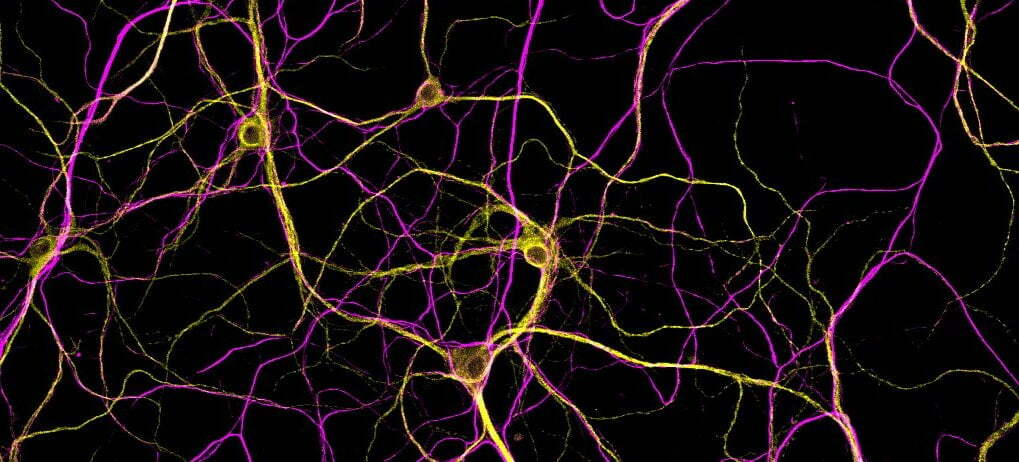
mRNA localization is an essential process in many different types of cells, such as neurons, oocytes, migrating fibroblasts, dividing yeast, and other polarized cells. This localization of mRNAs enables cells to respond promptly to stimuli via local gene regulation.
The prevailing model, which has been dominant in the field since the early ’90s, suggests that RNA Binding Proteins (RBPs) locate specific “zipcode” sequences within mRNA and connect them to motor proteins for transport. However, only a limited number of these zipcodes have been identified so far, contrasting with recent transcriptome-wide studies that have revealed hundreds, and in some cases, thousands, of localized mRNAs within cells. This discrepancy implies that there may be other mechanisms at play.
In our new study (Loedige et al., Molecular Cell 2023), we demonstrate that mRNA stability—rather than the presence of specific sequences, or zipcodes—serves as a reliable predictor for localization, especially for housekeeping mRNAs. Indeed, our SLAM-seq analysis on isolated neuronal compartments – neurites and cell bodies – showed that mRNAs in neurites are on average more stable than those in cell bodies. These stable mRNAs are associated with housekeeping functions such as translation. When we destabilized these mRNAs, they shifted to cell bodies. Conversely, when we stabilized somatic mRNAs, they shifted to neurites, indicating that high stability is both necessary and sufficient for mRNA localization.
These findings led us to revise the current model of mRNA localization. It seems that stable mRNAs are recruited to the transport machinery via a less selective mechanism that relies on non-specific RNA-binding properties and ensures the localization of housekeeping transcripts to distant areas within the cell. Our findings suggest that mRNAs might be recruited to the localization machinery in a less specific way than the current models propose.